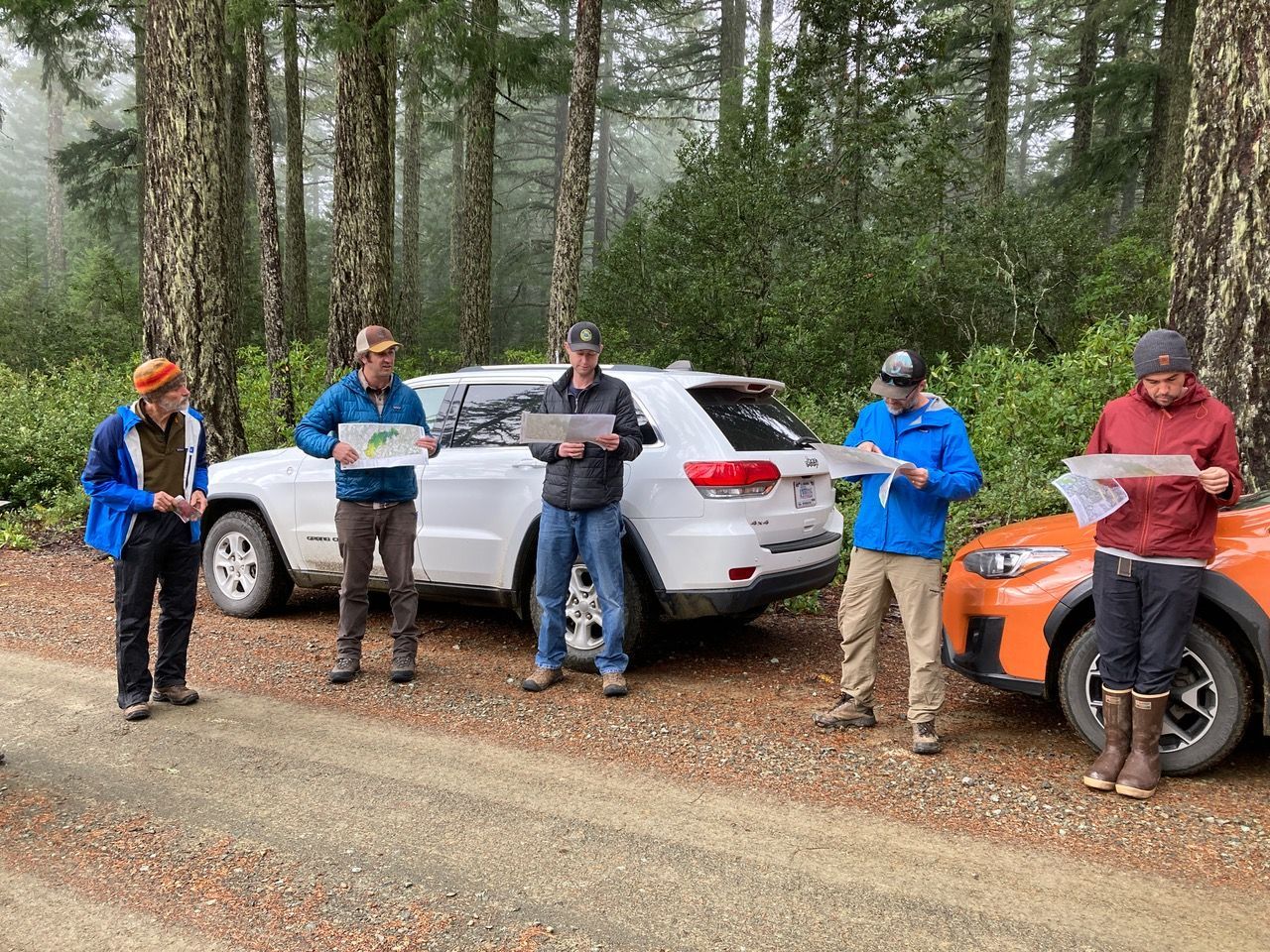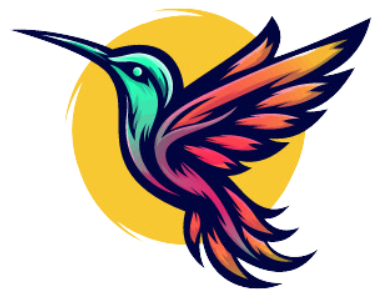Commonly Used Acronyms
Glossary of Commonly Used Acronyms
We’ve compiled a glossary of the most common acronyms you may encounter
ACEC Area of Critical Environmental Concern
BAR Burned Area Rehabilitation
BARE Burned Area Emergency Response
BLM Bureau of Land Management
BMP Best Management Practices
CFLRP Collaborative Forest Landscape Restoration Program
CFP Community Forest Program
COAD Community Organizations Active in Disaster
CSO Community Service Organization
DEQ Department of Environmental Quality
EA Environmental Assessment
EIS Environmental Impact Statement
ESA Endangered Species Act
FEMA Federal Emergency Management Agency
FERC Federal Energy Regulatory Commission
FLPMA Federal Land Policy and Management Act
FS Forest Service
GIS Geographic Information System
HMP Hazard Mitigation Plan
IDT Interdisciplinary Team
LWCF Land and Water Conservation Fund
NEPA National Environmental Policy Act
NOAA National Oceanic and Atmospheric Administration
NRCS Natural Resources Conservation Service
ODF Oregon Department of Forestry
ODFW Oregon Department of Fish and Wildlife
OHV Off-Highway Vehicle
OMB Office of Management and Budget
PBA Prescribed Burn Association
RCD Resource Conservation District
RMP Resource Management Plan
SHPO State Historic Preservation Office
USACE United States Army Corps of Engineers
USDA United States Department of Agriculture
USFS United States Forest Service
WRCFC Wild Rivers Coast Forest Collaborative
WUI Wildland-Urban Interface

In the field of forest management and environmental conservation, a variety of acronyms are used frequently across agencies, policies, and collaborative groups. To support clear communication, we’ve compiled a glossary of the most common acronyms you may encounter while working with the Wild Rivers Coast Forest Collaborative (WRCFC).
This glossary provides a quick reference to help members, partners, and stakeholders navigate the technical language that is often part of discussions, documentation, and planning within the collaborative. Whether you’re a new member or a long-time partner, we hope this resource supports your understanding of the key organizations, programs, and regulations that shape our work in the Rogue-Siskiyou National Forest and beyond.
